The 50 States Project is a yearlong series of candid conversations with interior designers, state by state, about how they’ve built their businesses. Today, we’re chatting with Nashville, Tennessee–based Laura Thurman about why the timing of her bill matters just as much as the amount, how she sets interns up for success, and why she doesn’t want to play the influencer game.
What was your path to starting your own firm?
I always wanted to be a professional dancer—I danced for 10 years, went to a performing arts high school, and wanted to go to a performing arts college and then join a professional dance company and travel the world. But like every athlete, I knew that you can't do that forever, so I always thought that I’d be a designer [after dancing]. That was always plan B.
But when I had to decide which college to go to, I had to choose between a school that specializes in interior design versus dance—they're not going to be in the same arena. I knew what it would take to be at the top dancing, and I had a lot of successful dancer friends, but it was just a lot more than I wanted to give, so right then it was like, OK, I am going to do interior design. The college I picked—Woodbury University [in Burbank, near where] I grew up in L.A.—had an interior architecture program, and I got a five-year degree there.
After graduation, I didn't have any intention of starting my own firm. My friends would ask all the time, “Are you going to go do your own thing?” And I was like, “Heck no! That's so much work.” I was content to work for someone else for so long as I felt like my voice was being heard and I was continuing to learn and grow.
And you felt that way for a long time.
I worked for a few firms in L.A., then moved to Nashville, where I am now, and worked for two firms out here. But ultimately, I outgrew it.
How did you know it was time?
As designers, we're all so opinionated. It's our job to have an opinion. So it’s really hard when you can’t [make the final decision] because you're not the boss. I felt like I had a good voice, a gifted voice, and it wasn't being heard. So it just kind of transpired naturally. There are firms that have employees who have been there 10 years [or more], and I'm always fascinated by that—because that means you’ve found a very special synergy to keep that going. It takes a very special group of creative people to work cohesively and effectively together.
How long did it take to lay the groundwork to start the firm?
It took a couple of months. My boss already knew I wanted to go out on my own—it wasn’t a secret. She actually beat me to the punch—I was planning on quitting the next couple of weeks when she laid me off. So that was it. I sent out emails to all the clients to let them know that the winds had shifted, I no longer worked there, and they should direct their emails to her. Then some people called and were like, “What the heck? What are you going to do?” Because they knew I did all the work.
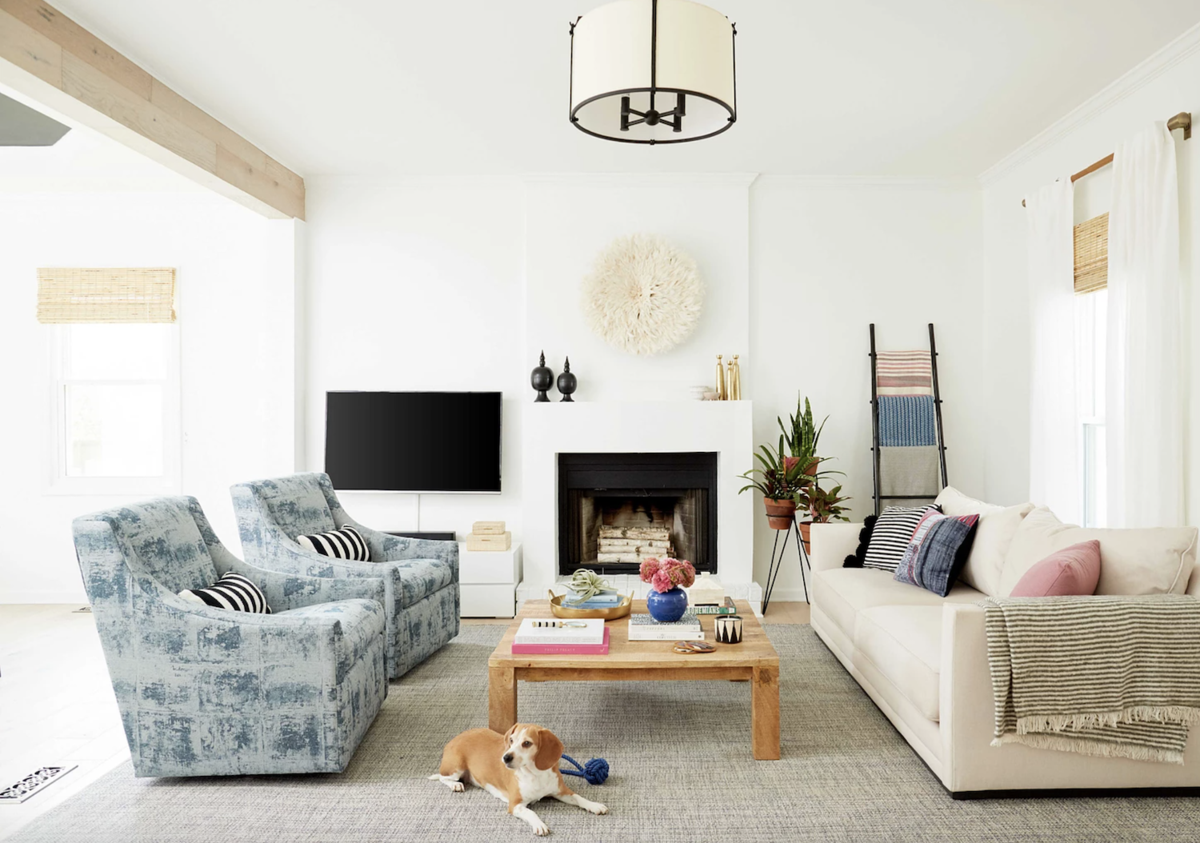
Were those the projects, then, that helped you launch the firm?
I started it in 2016, and the first two years of my business was almost solely working with builders. I was doing more than 20 houses a year—all their specs and stuff like that.
I see posts on Facebook where designers are like, “I don’t have a portfolio. How do I get started?” And I think almost everyone’s response is, “You have to start small.” Start with your own house—start creating these super chic vignettes, take good photos, then get photography from the builder stuff. You just have to roll with what you have, and then slowly you start putting what you want to do out there, even if you're not doing it. It’s fake it ’til you make it. Now, for the past two years, I’ve been doing more custom residential design than just builder stuff.
How do you build a business around working with builders?
I was a LinkedIn ninja. I was on that sucker all the time—it’s basically acceptable cold-calling. It's OK to reach out to someone blind and be like, “This is my business and this is how I could help you.” And that’s what I did. I just searched for builders—and the best thing about LinkedIn is where there’s one builder, they all know everyone, so you just look at the one and then there’s the list below of all the others.
What was your pitch?
I would say, “These are the services I offer, this is the way that I could help make your process more efficient and expedite the design experience. If you’re open to it, let’s meet for coffee.” I brought example packets of the stuff I had done before to show them what I could bring to the table to make their job more efficient. That usually did it. Most of the smaller to mid-sized builders don’t have in-house designers, they all outsource that stuff. You have to tell them what they need [that] they don’t know [about].
What makes those jobs cool is it’s more impersonal. They don’t care, they just want it to be in budget and to sell. That’s it! There’s no client [yet], so it gives you a lot of creative freedom.
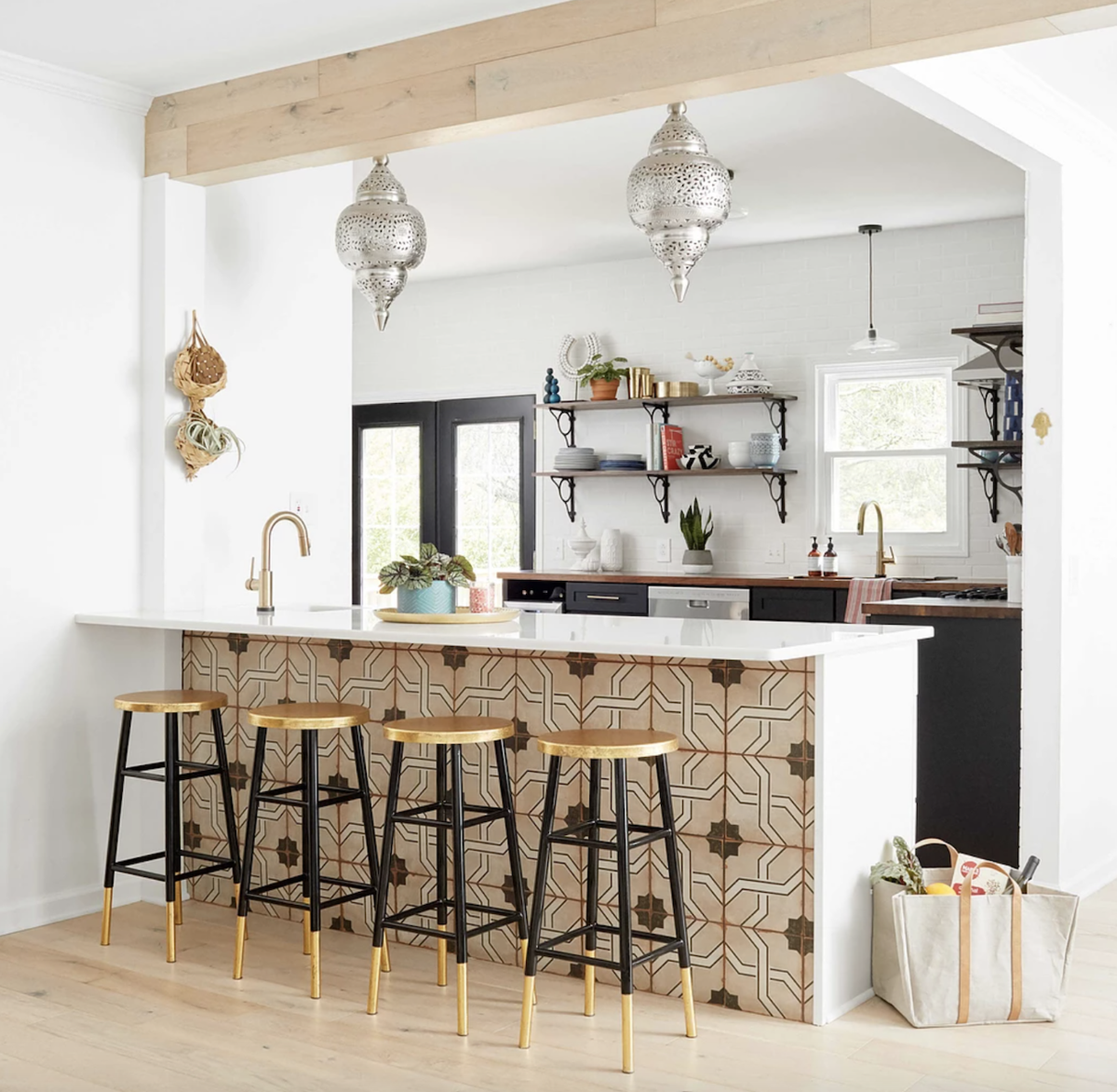
Now that you’ve switched over to more residential jobs, how many projects are you working on right now?
I’d say five or six.
What are the scope of those?
One is just an exterior curb appeal project—painting the whole thing, gutters, giving some opinions on landscaping, and railing design, and then furnishing a patio. I have another one where the client just moved into this new house—he has some things he can keep, but we have to finish the whole thing. One job is just doing a whole house’s worth of window treatments. It varies; it could be a one-off or a whole house. I’ll take a single room so long as the client has the budget to do that.
How do you decide what you say yes to? How do you know what’s right?
It’s a combination of the people and the money.
I say the people first because it’s not like working with builders—there’s so much more emotion involved. Right before you called, I was literally about to call one of my colleagues to talk through [an experience with a client], because I think I’m ready to fire this client before the project even starts—I’m just getting a bad vibe. While they are a lovely couple and very sweet—and we were going to tackle several rooms in their house, and the photos would look amazing—I just sense that they’re difficult. Every designer is different, but for me, that can just crush my spirit and drain my creative juice. With everything going on right now as it is, there are a lot of hiccups and uncertainties, so if I’m sensing that the client cannot be flexible or patient, I see that as a red flag—now more than ever.
I have a really good intuition, and I think that’s a really big part of this industry. You must learn how to read people, but also read yourself. Hear your internal voice—it’s never wrong.
Is it, ‘This job isn’t right for me,’ or, ‘This person is awful’ that you’re hearing?
More times than not, it’s the person. But sometimes it’s the scope—like, you need $400,000 [to do this project] but you came to me with $50,000. That’s been happening a lot recently with everybody shifting and moving.
People who don’t have a realistic budget?
I’ve recently had this string of people who are moving here from cities like New York, L.A., Chicago and Atlanta. They sell their properties there, and then they buy these mini mansions here, but they don’t have any money left over to live in the home and finish it right.
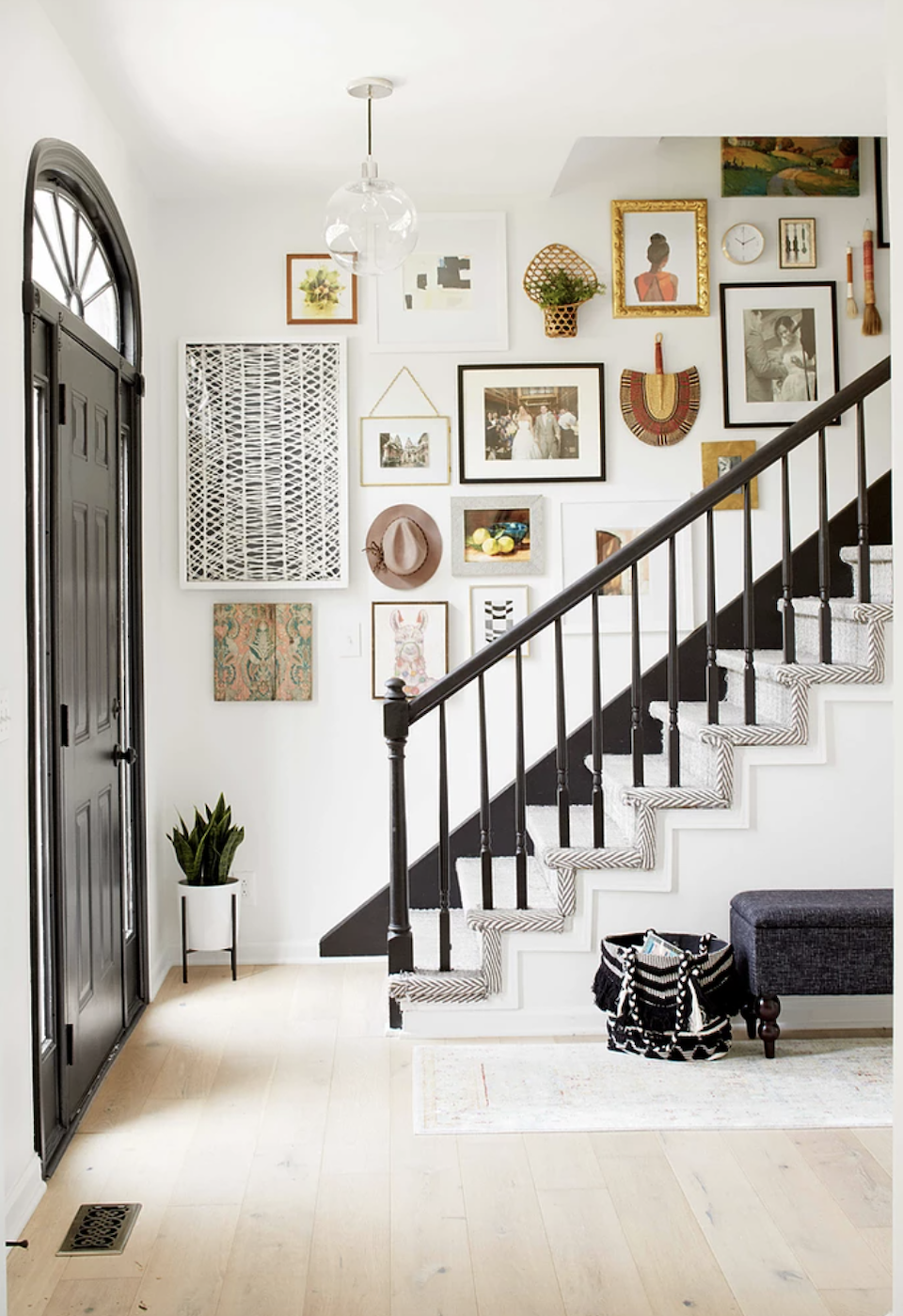
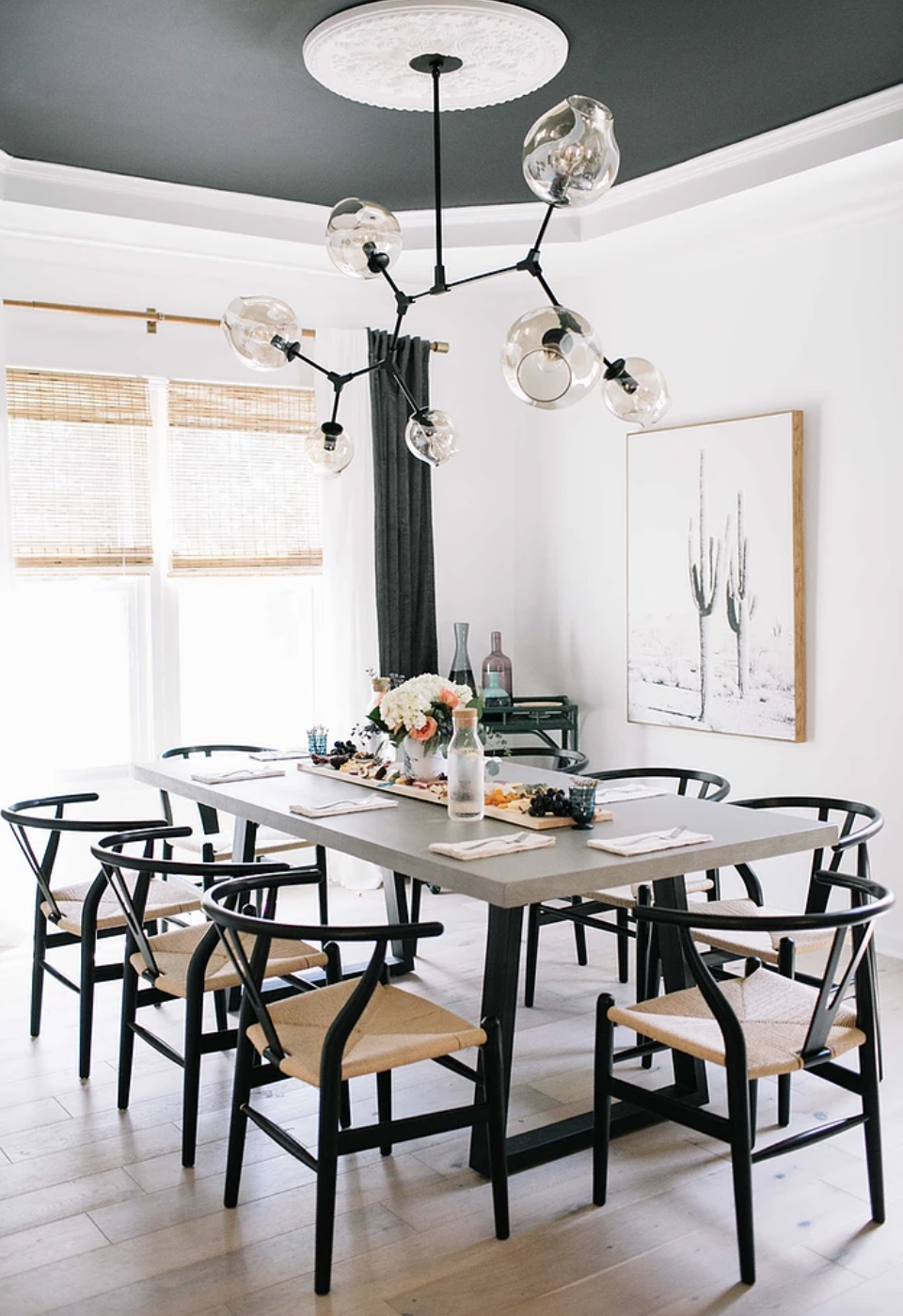
That’s such a frustrating disconnect. You wish people would save a little on the cost of the house to do it up right!
It never fails to amaze me, people’s relationship with money. Maybe they understand the value and what it costs to drive a Maserati, but they don’t understand the cost that it takes to furnish a whole house, or the cost it takes to pay someone for their creative services. They just don’t get it.
How are clients finding you?
My biggest investment has been my website. I think that’s always where everyone needs to start. You need to have the most kick-ass website you can—and that looks different for everybody—but you need to really invest in its quality and make sure it is super easy to navigate. I’ve had multiple clients tell me that, while there are lots of talented designers, one of the things that pushed them over the edge was the ease of use, ease of flow and framing on the site.
Beyond the website itself, I do have a subscription with Houzz and I pay for Google, which helps drive traffic to the site.
So you come up high in searches for Nashville interior designer?
Yes, I pay for higher placements in search results. I always ask how the client heard about us, and most of the time it’s Google.
Is Instagram a big driver for you?
Negative. Only one person ever has said that they found my stuff on Instagram. It’s probably because I hate it, and it hates me too. I’m not on social media—everybody who knows me knows that. I’m mildly envious and in such awe of my colleagues who get 80 percent of their business from Instagram or Pinterest—there are a lot who are just so successful at it. To be fair to those social platforms, I joined so late. I really only joined because I started a business.
[Social media] doesn’t bring me any kind of joy, it just stresses me out. I am on there as a formality, to gain inspiration from other people, and then to post the things that matter to me, but I don’t invest finances or an immense amount of time entertaining that. I’d rather create more content for my website, because I know that’s how I get the majority of the leads.
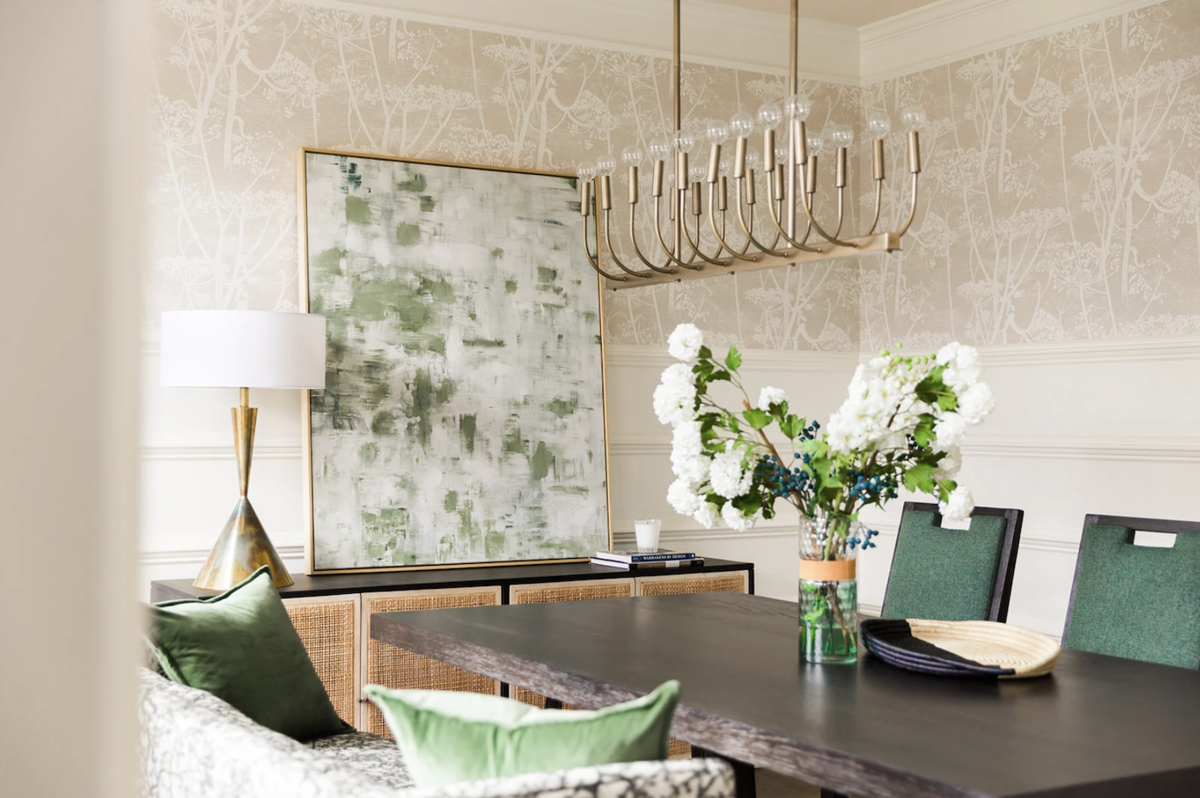
What’s the right approach to Houzz?
When I first started, that was really the only platform I felt comfortable paying for, because I felt like there were more serious people who go to that site actually looking to get work done. They’re on Houzz because they need to hire a professional. I’ve paid for going on three years now, and it’s good.
One thing I’ve noticed is that sometimes I’ll get approached through the Houzz portal, but most of the time, people who saw me on Houzz went to my website and contacted me there, which is what I prefer—I like to get out of the Houzz portal immediately. But it’s hit-or-miss. Sometimes I’ll get one decent job from Houzz and it’ll pay for the entire year’s fee. Or if they’re smaller, you might need a couple. Over the last year, that’s something I’ve constantly been reevaluating—what value am I getting out of this, and can I just redirect all that money and push it even more into Google? That’s probably what I would do if I ever quit it—still use those marketing dollars but redirect them somewhere else.
I don’t deal with all the drama around [Houzz]—it’s more about my specific needs. I’m not concerned about them stealing my information or whatever, I don’t care about that. The clients that want me, they want me. The clients that want to shop somewhere else, I can sniff that out and I don’t take those jobs on.
How do you navigate that piece of it? I noticed on your site that you’ve listed the project budget with your testimonials, which I thought was so interesting.
I did it in hopes that it would explain to people in a very quick way that we take on some of these smaller jobs—and we do big jobs, too. It helps them know there’s a range.
It’s really striking to see that there's a $1,000 to $10,000 range project next to a project with a budget of more than a quarter of a million dollars.
I want people to know that we’ve had successful reviews from both kinds of clients. For projects with lower budgets, I’m looking for people who have the ability to step back and let me do my job. If you’re going to be micromanaging the project because your budget is so tight and you’re trying to crank every number, that creates a lot of fatigue for the designer and just sucks the joy out of the process. What I find is that for clients with smaller budgets, you have to approach those jobs with a lot of parameters—more so than with the larger jobs. You have to be clear about the process, really watch your time, and just make those pain points really clear.
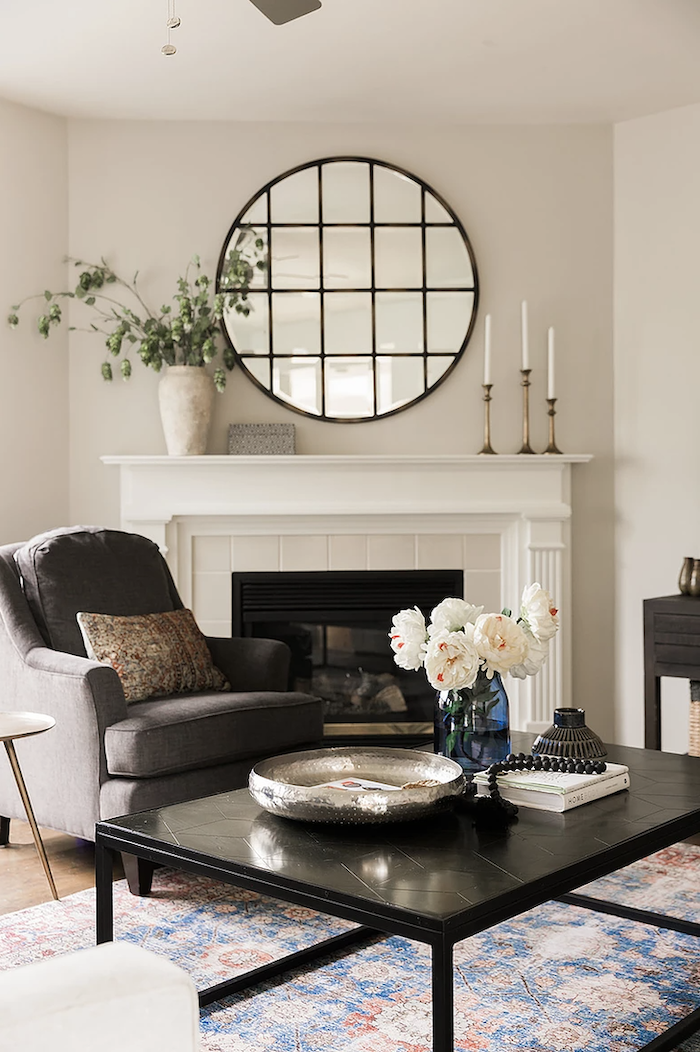
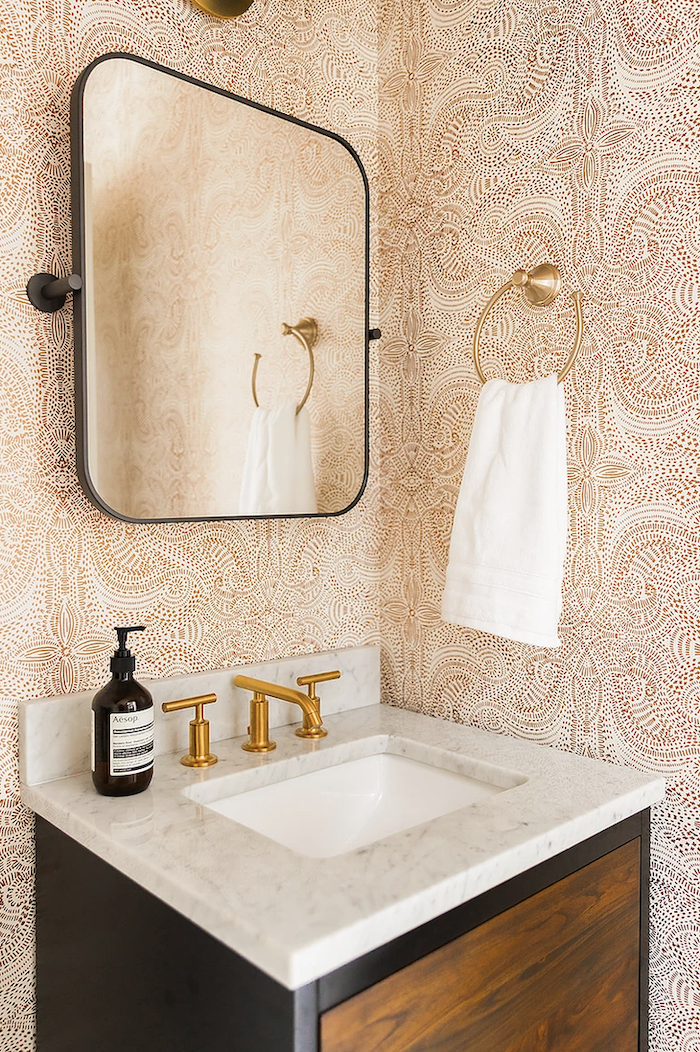
What are some of those parameters?
In my contract, I say: Do not shop me. You’re not to go and source from my creative intellectual property and then come back and have me try to validate that [what you found] is the same thing. I specifically say that I will not validate SKUs, and I’m not responsible for ordering or delivering it [if the client sources on their own]. If they ask why, I explain that it derails the focus of the project and also the budget. Why are you looking for something while I’m looking for something? But I find that with the smaller jobs, people will do that. So you just kind of have to sniff that out. Sometimes it’s better to walk away completely—because if you love the hunt and you love searching for the sale, I’m not going to do that. I literally said that to one client, and she had decent money! I was like, “I’m not going to be online looking for sales.”
You’re looking for the right thing.
Right, I’m looking for the quality thing, and I’m going to the vendors that I have established great relationships with. I’m not looking for the 20 percent off at Pottery Barn—I’m not doing that! [I tell clients]: If there are certain things that you know that you want to look for, just make that clear from the beginning, and then you can look for those things and I’ll do the rest. I’m willing to be flexible, but dont come back and be like, “Oh, I went to this sale and saw this, what do you think, should I get it?” No, I don’t think you should get it, I’m still trying to pull the whole design together with my own resources.
Are those smaller jobs something you want to keep doing, or are you hoping to eventually move away from those?
I feel most excited about the smaller jobs when I sense there’s a void in my portfolio. I did a nursery a few years ago for a client because I had never done a nursery. Or this curb appeal project I’m doing now—it’s not a ton of money, but what we have planned is going to be totally great and I don’t have a ton of outdoor areas on my site. I’m more inclined to take the job when I see a benefit beyond the finances, but ideally, there’s a number that I want to try to profit off of every job, and I want that number to never dip. And I think as you become more experienced, that number should grow over your career.
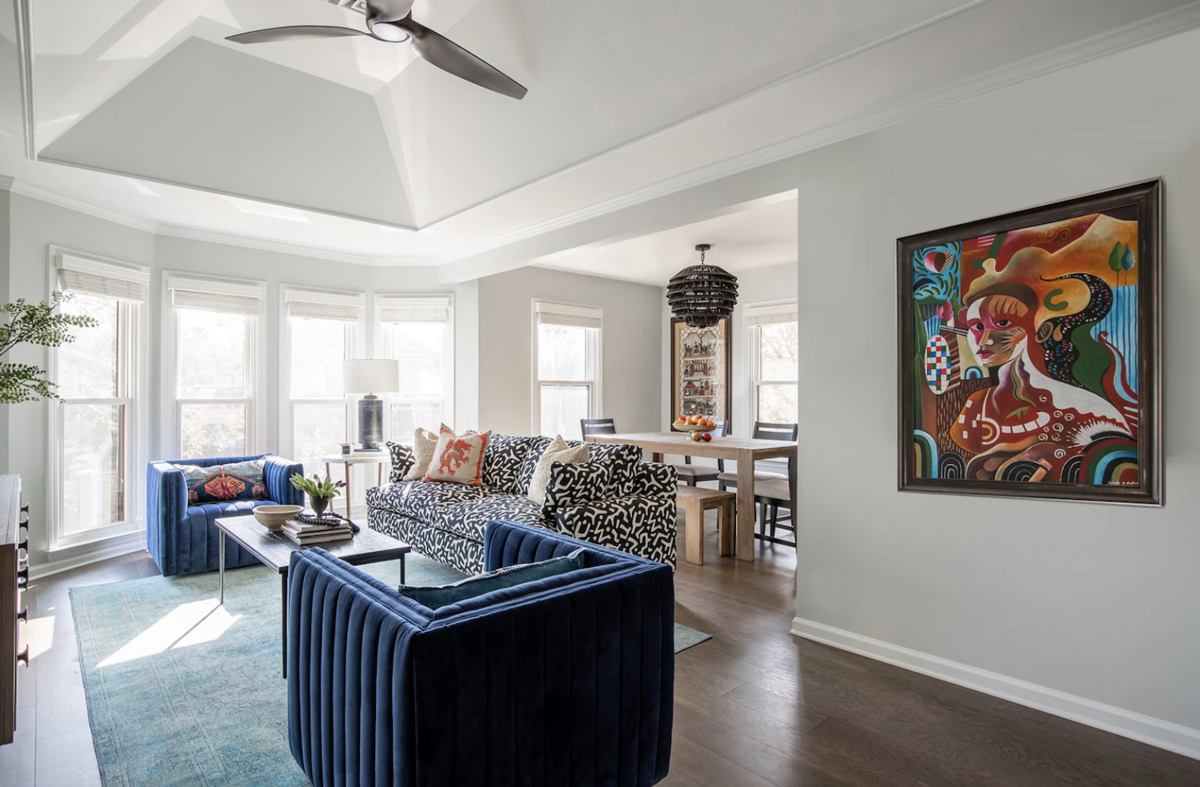
How have you approached billing?
The only thing I’ve changed is that in the beginning, when I didn’t know what the heck I was doing, I still had money outstanding come install—which, duh, you should never do. That lasted six months, and I learned that the hard way. Now I bill 70 percent upfront. Let’s say it’s a job that’s only furnishings, lighting, wallpaper, stuff like that—no construction—I’ll bill 70 percent for my services and then I collect the balance after everything has been ordered. That could be a month or two, depending on how quickly people move, and then I’m essentially paid up. And then of course for the product, you take it all. Never buy anything without having 100 percent of the product cost.
No matter what anybody says, clients experience financial fatigue throughout the project. They just do. No one wants to be hit with an invoice at the end of this process, and they’ll try to come up with every kind of way to not pay it, and I think it just makes for such a smoother, cleaner end to the job [to not have to present another bill]. It’s a more joyous experience—like, “Here’s your beauty, enjoy it,” and then I go away. Instead of, “Here’s all this amazingness—and don’t forget that $5,000 invoice I just sent you.”
What does your team look like?
I had a full-time employee until early this year, but we had moved and some personal things were shifting, so I let her go. It was not really because of COVID, though that obviously would have put a damper on things. And I helped her find an amazing job with Chad James here in town, where she’s thriving and doing amazing—she’s one of his best employees.
Usually I have interns—I’m really big on that. I’ve had five or six over the years. People always say it’s a time suck, and that’s somewhat true, but a lot of it is in your preparation before you bring them on. I’ve had interns to help with photography, marketing, interior design—whatever the need is at the time, I hire for that.
What is that prep work?
To start, there’s a book that I ask them to read: The Career Code [by Hillary Kerr and Katherine Power]. It’s really more for people who want to start their own business, but the first part is about being a young professional and understanding the working dynamics with your boss and how to anticipate what your boss wants.
I send them a welcome PDF that includes a link to the book, then give them their login and passwords for the main softwares we use. I have their e-signature and email already set up and ready to go. If you have a time log they need to use, their welcome PDF should have a link and instructions on how to fill out their time. If they’re going to work on blogs [for my website], a template is saved somewhere for them to go and look at a previous version to make sure they’re formatting it correctly. It’s a lot of that—templates and guiding them.
The biggest thing most interns are really weak on when they start is they don’t know anything about vendors or brands—they don’t have a clue, because when they’re in school, they’re not using real brands and products. I create folders of links on Chrome for lighting, furniture, bedding, accessories, art, outdoor, all of it, and then on their first day, pretty much all I do is I go through that with them. I have them pull up the websites and save all of these sites—Bernhardt, Surya, and so on—so that when I want them to start sourcing quickly, they already have them categorized. Otherwise, they’re not going to know which ones are what. I also share a PDF that’s high-mid-low so they know to look at these vendors specifically for this budget, for this job.
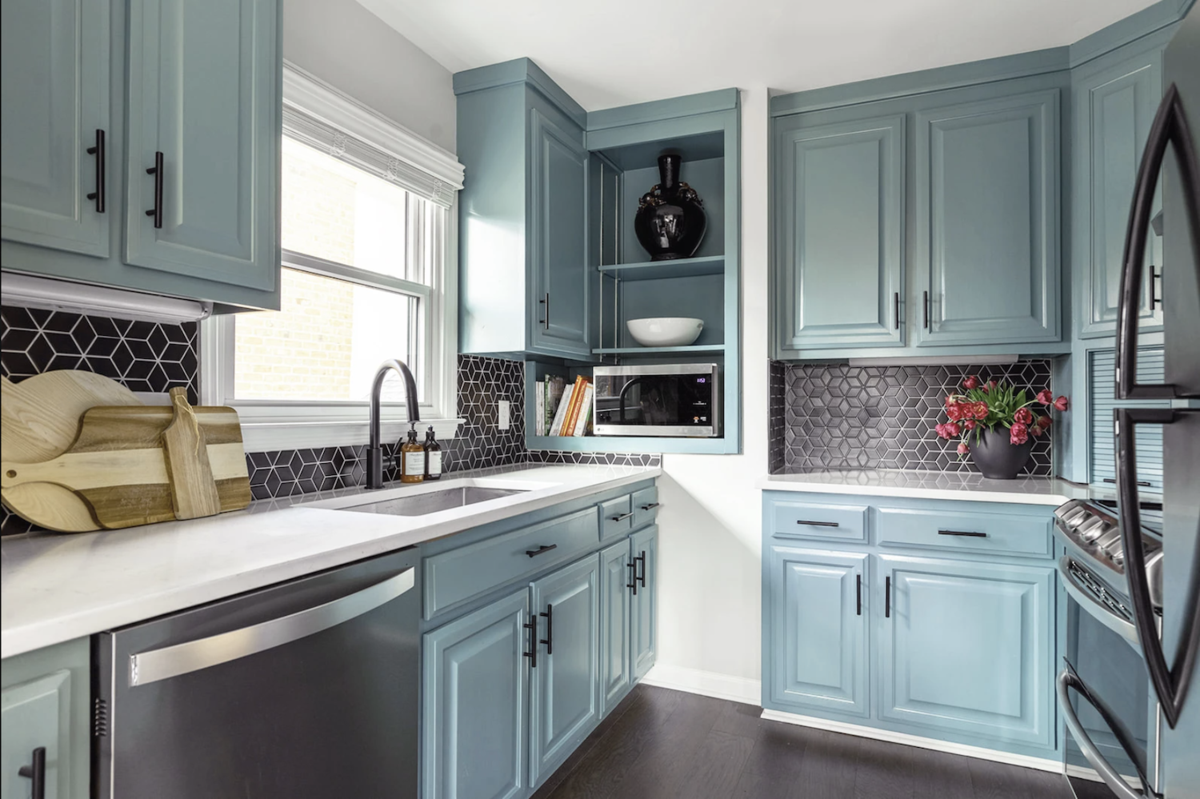
All of that prep work to get organized—that’s a lot of pull together, but I can see how it’d be so valuable to help them hit the ground running.
And it will only make you more organized by having all that stuff. I use Dropbox to run everything, with tons of folders, all very organized. Under “Projects,” the very first folder is “New projects,” and all you have to do [when you start a new project] is copy and paste that folder, and then all the subsequent folders are in there: CAD, PDFs, drawings, photos, proposals. I think a lot of the designers don’t do that—they don’t have that organization already lined up.
With just you at the firm right now, how does that change the day-to-day work you’re doing?
It’s more of the minutiae that sucks—little things like returning samples. It’s not that big of a deal, but the place is 25 minutes away, so I have to drive over there and do it myself. Or when we need new stamps because we’re going to start doing our postcard marketing again, there’s no one to help me prep for that. The biggest thing that’s a real drag is installs. I really miss [my former employee’s] presence at an install, because you have somebody there who already knows how you work, keeps you company and keeps you going. I have my guys who come in and do all the furniture, but then they leave and I’m still there, styling and cutting flowers and doing everything else. My goal is to eventually hire a contract assistant, less design-heavy and more focused on admin. Ultimately, someone could come into that role and really not know anything about design—I can teach someone what they need to know about that, but they need to be very organized.
Tell me about the design scene in Nashville in general.
About three years ago, there was a huge boom—suddenly all these people were moving here. No joke, there were 180 people moving here a day, or something crazy like that. That’s why the builder stuff [took off for me]. There was a huge boom with the need to create housing.
Now it has leveled off—I feel like the supply has been met, and while there was a ton of new construction and some of that still happening, there’s a shift to service those who lived here for a long time and who need to renovate. More of the jobs I see now are renovation jobs, versus those who have just moved. Or it’s those who have just moved but they’ve lived here—they’re not coming from out of state.
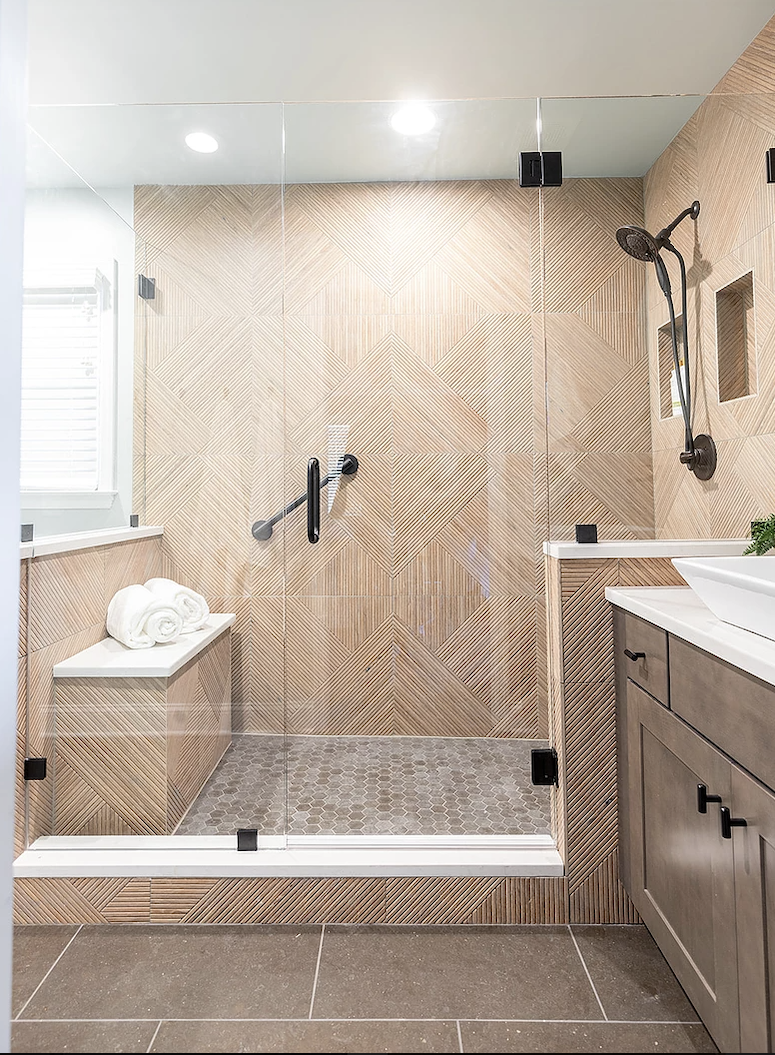
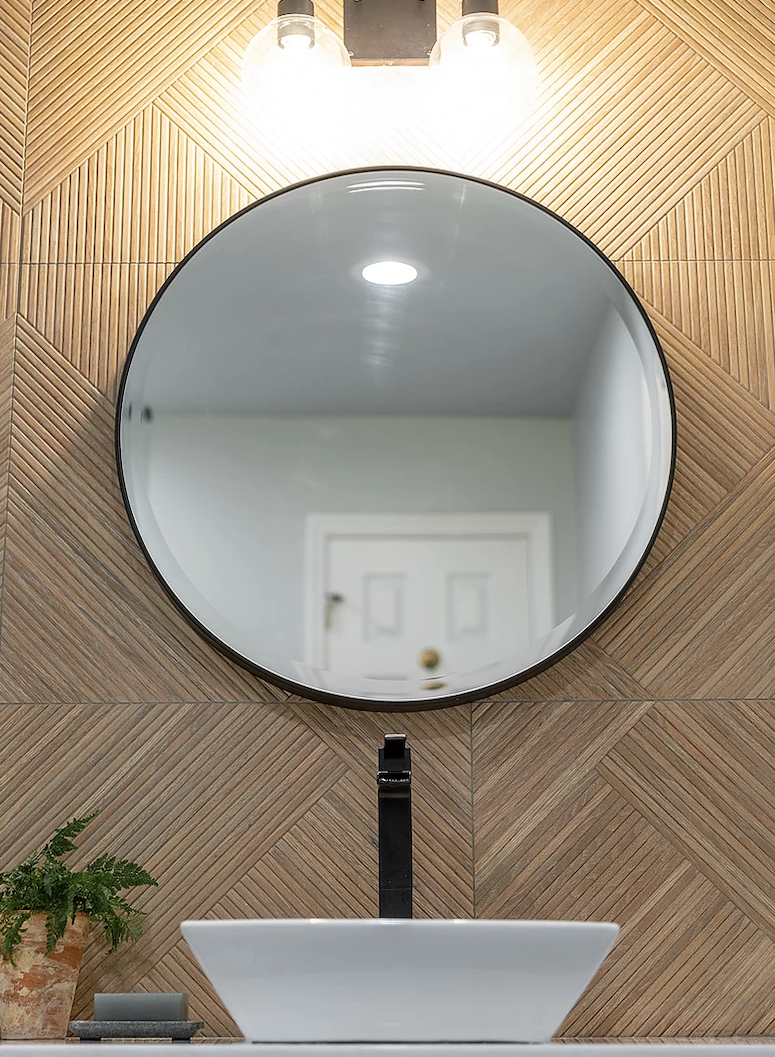
What do you think drew so many people to Nashville?
It’s a Southern place that, in many ways, is still very quaint and slow and old school, but at the same time, it has more of the amenities of a larger city. The locals think it’s a big city, but it’s not like New York or L.A.—it’s so far from that, and they don’t want it to become that. They like that it’s not that. Everybody I see moving here is coming from these bigger metropolitan cities. So what I put out—what I want people to know about me—is that I’m not from here. That’s always been a big seller for my business. I want people to know that I’m from L.A., I understand a more modern aesthetic, and I have a passion for travel and other cultures. The more clear I [have been] on what I want to attract, [the more] I have started to attract that.
How has that manifested in your clients?
I have a lot of diverse clients who have lived in a lot of different places, so the caliber of their design expectations is often higher than what is standard here. So while they may buy a seemingly simple house on the exterior, they all want to trick out the inside. That’s the conversation I seem to have with a lot of clients—they move here because the quality of life is so much better and they can get more for their money, but they’re not always a fan architecturally of the homes they buy, and they’re confused as to what to do to the inside. I try to tell them: You should be surrounded by the things you really want and love on the inside. The outside may be blasé but you can look past that.
Do you shop locally?
I mostly work with vendors outside of Nashville, though I have a local carpenter for custom furniture that’s really great. But this whole Black Lives Matter movement has really motivated me to become a little more sensitive to the local life, Black or any other color. I need to do better at supporting the local artists and artisans here in town. I think because I didn’t grow up here, I don’t always know where to look for them, but I want to take the initiative to search for things like that moving forward.
What are you striving for right now?
Well, I’m always secretly—but also not-so-secretly—striving to have my own design show. That’s what I really want. It’s been in the works for the last year, and then COVID happened and that all collapsed, but it’s been picking back up and I’ve had a few people reach out again. It’s not so much because of the fame, although there’s nothing wrong with that—it’s more about diversifying the platforms and expressing a different look, a different vibe. I know I have something that’s different, and I think that speaks to a lot of people who are not being represented, so they don’t tune in.
How do you describe that?
I say I have a global aesthetic filtered through a modern lens. I have my modern L.A. roots—I like clean lines and for things to be simple—but my own house is also a mix of Moroccan, Asian and African. There’s all kinds of stuff, and a lot of my clients are like that too.
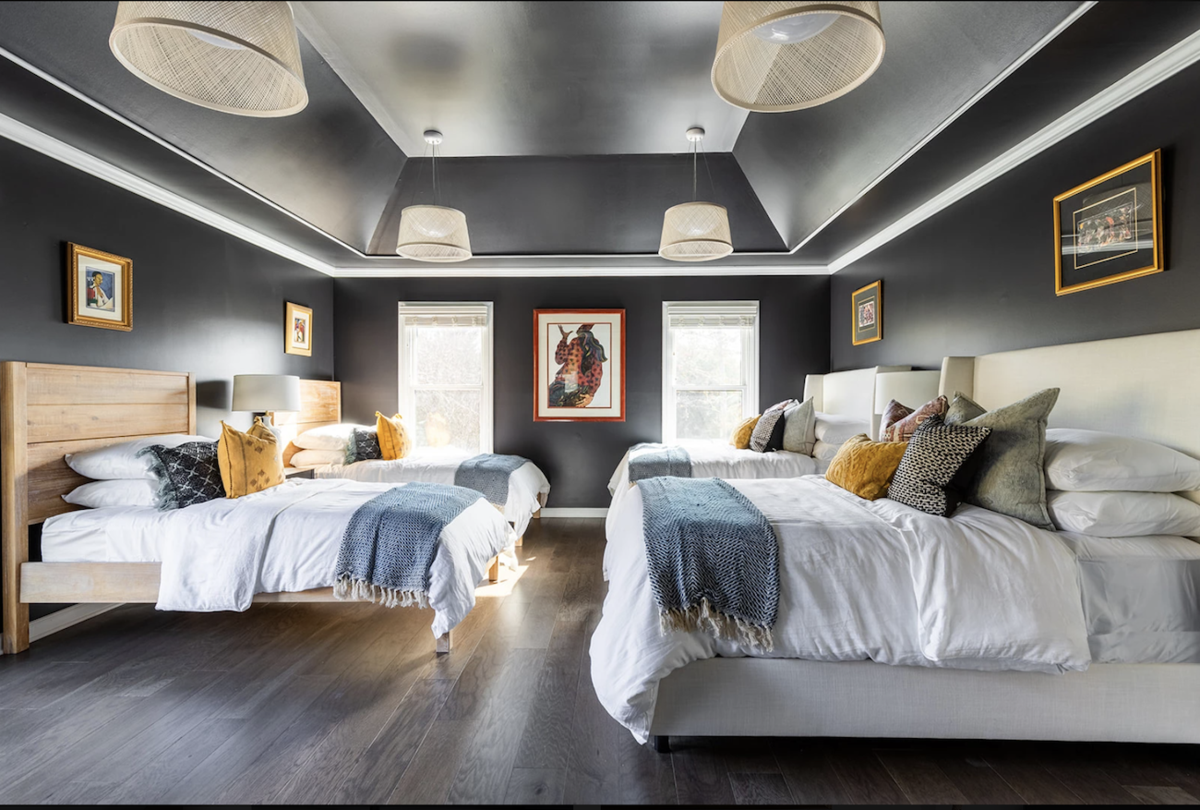
What’s the biggest next thing you want to tackle?
I really want to do a showhouse. A year and a half ago, I had some really good press moments—not out of nowhere, because I put in the work, but there were also some blessings and luck there, and it all hit the fan at once. Now I’m experiencing a little bit of burnout trying to chase all that myself, so I think the next step may be to hire my good friend Amy Flurry to help get me to the next level, because that’s her wheelhouse.
What does ‘next level’ look like for you?
I think it means more exposure—being more visible so that I can continue to get larger, more awesome projects. The whole influencer thing, that’s nice on paper but like I said, I’m not into social media, so I don’t like the game where you only get noticed because you have 100,000 followers. No, I want to be noticed because I’m talented. That’s one of the reasons I like the idea of television, because I think when you’ve had success there, a lot of opportunities come from that. Doing some sort of capsule collection with a brand would be kind of cool, too, but I really just want to be an awesome designer and get great projects. That’s what I ultimately really care about.
To learn more about Laura Thurman, visit her website or find her on Instagram.





























